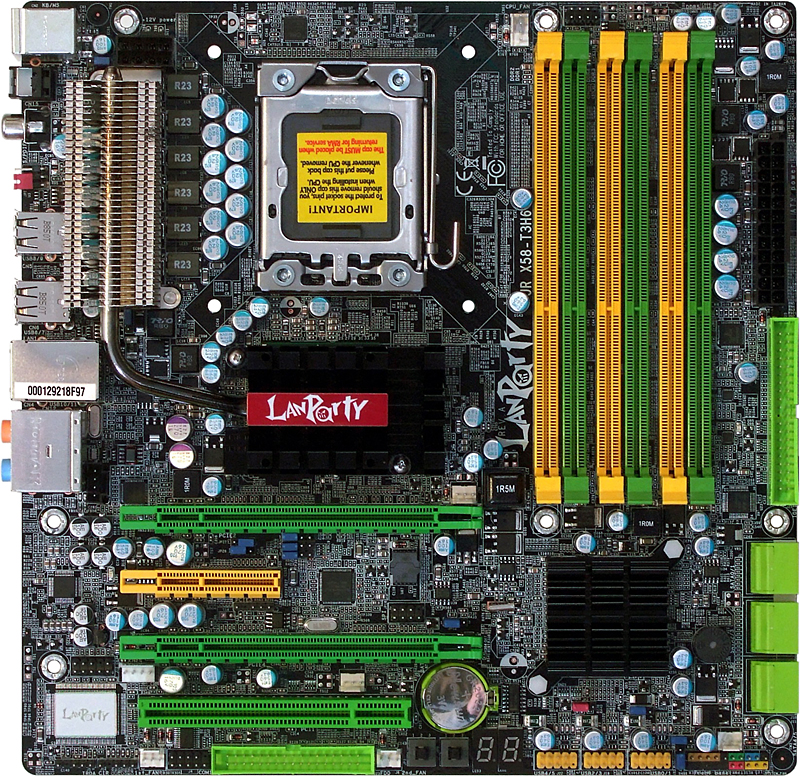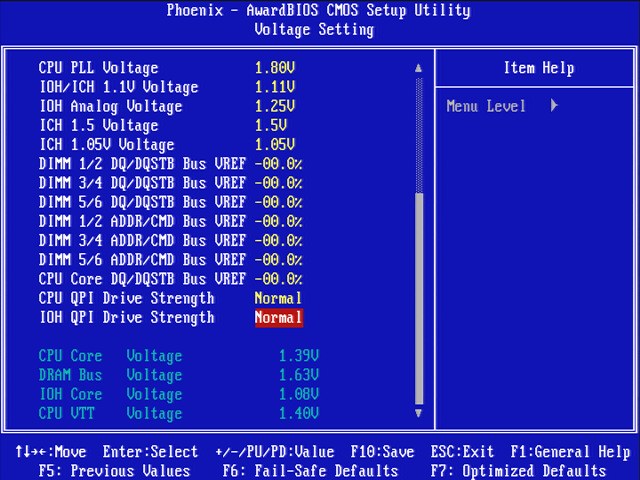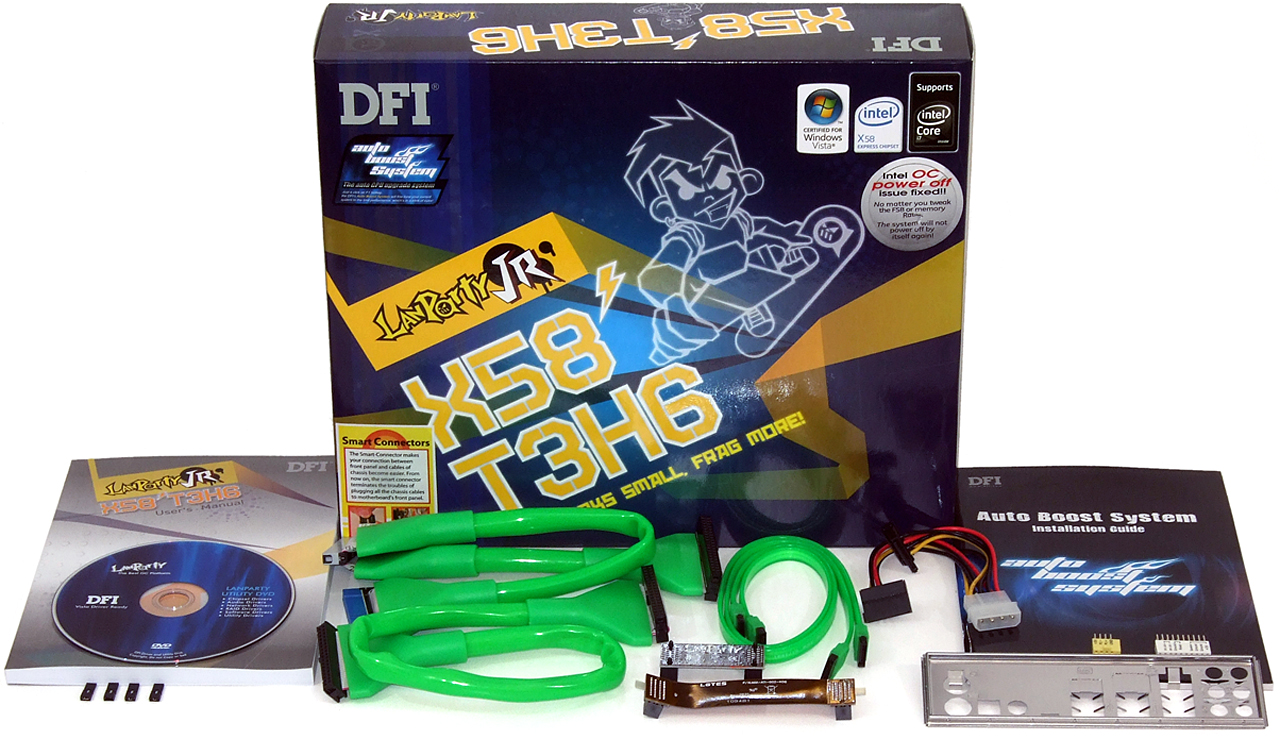Asus And DFI: Core i7 Micro-ATX Motherboards Compared
DFI LANParty Jr X58-T3H6
Features and Layout
The LANParty Jr X58-T3H6 looks almost identical to its full-sized predecessor with the exception of two missing slots, and we’re hoping to reach similar performance levels and overclocking capability. Yet DFI didn’t simply shorten the slot region of its previous design, as everything from the X58 northbridge to the bottom edge had to be moved upward to fill a previously unused slot position.
Also missing compared to the larger motherboard version are two SATA and two IEEE-1394 FireWire ports. The missing SATA ports can be blamed on the switch from the larger JMB363 combination controller to smaller JMB368. Complete obsolescence of Ultra ATA means that DFI could have just left the add-in controllers off entirely, and we’d certainly rather have a couple eSATA ports than an Ultra ATA header. But while FireWire is also obsolete, the fact that most high-end cases have front-panel FireWire presents a small problem for some builders.
DFI also kept the floppy header required by some Windows XP users to add RAID or AHCI drivers during installation. All current motherboards have a floppy controller built into the multi-I/O IC, but some manufacturers have omitted the cable connector in an effort to modernize the look of their product. AHCI mode is particularly beneficial for adding removable drives on the X58-T3H6’s hot-plug-capable BIOS.
The LANParty Jr’s raised slot positions cause long graphics cards to interfere with the lower DIMM latches, forcing users to remove the top graphics card prior to memory changes. But DFI apparently forgot to move its front-panel audio connector upward with the slots, placing it directly beneath any second graphics card so that any attached cable must be smashed flat in order to fit under a second graphics sink.
Like the Asus competitor, the LANParty Jr X58-T3H6 provides all sixteen PCIe 2.0 pathways to each x16 slot. But unlike Asus, DFI didn’t provide an open-ended connector on its x4 slot. Builders who wanted a small six-display “home-office workstation” for such tasks as investment analysis might be disappointed that they can’t cram a x16 card into DFI’s x4 slot.
Power and reset buttons found on the motherboard’s bottom edge allow easy bench-top testing, and pushing these in tandem provides a CLR_CMOS function. The Port 80 diagnostics display is also handy for bench testing, though all of these features become inaccessible in a fully-configured SLI system. Though internal buttons are inaccessible in fully-configured systems, the CLR_CMOS jumper on the motherboard’s I/O panel is less prone to accidental-engagement than Asus’ rear-panel button.
Get Tom's Hardware's best news and in-depth reviews, straight to your inbox.
BIOS
DFI’s Genie BIOS settings take up far less page space than those of its competitor, but still provides full manual control of the most significant clock speeds and ratios.
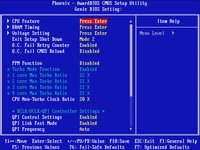

DRAM timings and system voltage levels are accessed through separate sub-menus. The LANParty Jr X58-T3H6 offers fewer timing but more voltage controls compared to its competitor, and most of the “missing” memory settings are rarely used even by the most experienced overclockers.
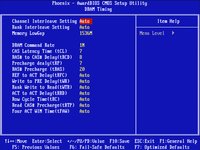
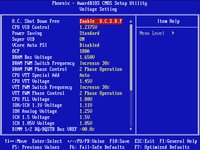
The LANParty Jr X58-T3H6 provides four BIOS registers to save custom configurations, but perhaps more important is its ability to restore the “last bootable setting” once BIOS has been cleared.
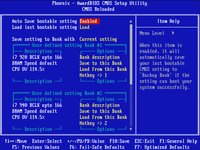
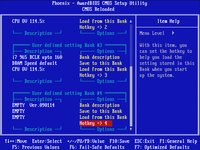
Accessories
The LANParty Jr X58-T3H6 includes round cables for both floppy and Ultra-ATA drives, but its SATA cable set is unfortunately reduced to two. DFI also includes bridges for both SLI and CrossFire configurations and four easy-grip replacement jumpers.
-
IzzyCraft Shame the DFI board didn't do better it help shut up people going where is the Rampage II gene in the Builders marathon.Reply
Although this review let me have a little more respect for the board I'm still asus and gigabyte all the way. -
Proximon Really nice article! BIOS screenshots are so important when helping someone configure their board on line, and we do a lot of that around here. I thought you hit all the major points and I especially like the conclusion format.Reply -
andy_mcp1 Great article. About time the facts were laid on the table. I've not quite got to upgrading to I7 M-Atx yet, but got an Asus P5E-VM (not the best admittedly) and an E8400 which on air is oc'd to 4.1Ghz stable (for the past 8 months), which I’ve on countless occasions used to show my mates who have full atx systems that bigger isn’t always better as my 3dmark and pcmark scores were better than theirs (of comparable full sized board builds).Reply
Good point, and I agree, that the hardest thing for the market is for those who have idealisms that the atx board with the most slots are best, have to admit that this not the case, that they don’t need and wont likely use them. It’s about time technology moved on and we start shrinking the components. We've come a long way from house sized computers but seems to have got stuck with fridge-sized atx, time to change that and join the 21st century! -
doomtomb The prices between the DFI and Asus are nearly the same, a difference of $20 or $30. The Asus Rampage II Gene wins it in my opinion.Reply -
SpadeM For me, it's about the features and backplate I/O ports not the performance, when it comes to motherboards with the same chipset. The differences between them is so little that it doesn't matter in real life. Plus given the fat that motherboards, like processors, aren't identical I might get one that performs lower/better then what's in this review.Reply -
Crashman IzzyCraftShame the DFI board didn't do better it help shut up people going where is the Rampage II gene in the Builders marathon.Although this review let me have a little more respect for the board I'm still asus and gigabyte all the way.Reply
Really, the reason the Rampage II Gene wasn't considered for the $2500 PC is that it didn't show up under a Newegg category search (LGA-1366, Micro ATX) and Newegg didn't fix that until this week. It's a good board, and if you need a weird cooler style, supports the more popular LGA-775 coolers. -
atamanroman I like it that uatx is getting more and more attention, since my own i7 uatx cube project is only a few weeks away.Reply
but im missing the MSI X58M (160€ best prive vs 198€ asus and 190 dfi) here, theres a great review at anandtech. the board really rocks and has only a few weak points (fan control and s3 wake up problem if overclocked). i think ppl would be glad if the msi could be added to this comparison.
best regards,
roman -
zehpavora Very good article, but I think that the components chosen should be from the same time frame, because I think that the P6T is "too old" compared to the GENE board. Maybe the P6T V2 would be a better idea. Now I fear the Mini-ATXs.Reply -
avatar_raq Nice article..I wonder if you were planning on it for a while or you wrote it in response to our comments in the SBM..And yeah it showed what I always expect from ASUS; top notch mobos.Reply
P eople go for a full atx build simply because they can (:P), and because larger cases offer better cooling especially for SLI and CF, it's much easier to build and, other than portability, there is no real advantage of a micro-atx build, even the price difference is not worth it in my opinion. But the article does a good job of showing that u-atx boards can be excellent performers. -
Onus Excellent article. Any differences between those boards are molehills, not mountains.Reply
Personally, I'd probably give up a tiny bit of performance for the more noteworthy reduction in power used by DFI; I like the cooler flexibility of the Asus though. It would be a tough call.

